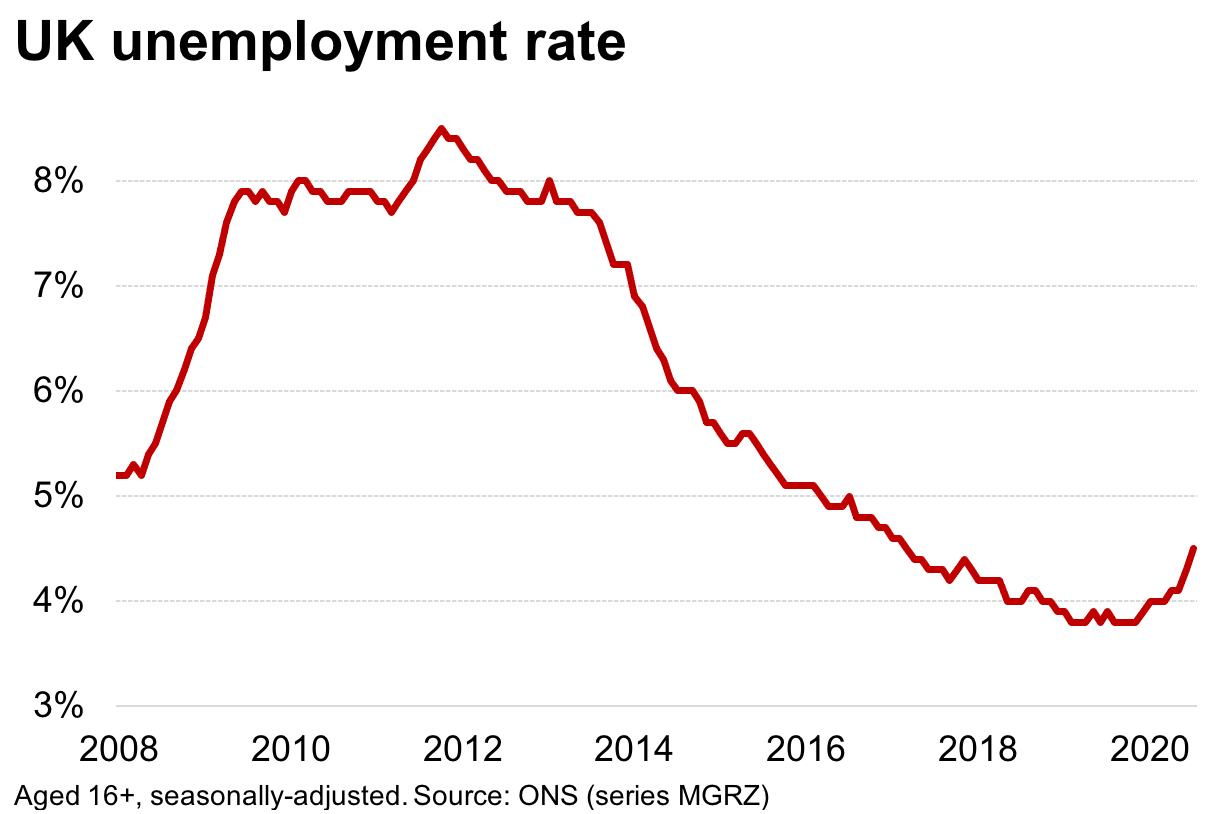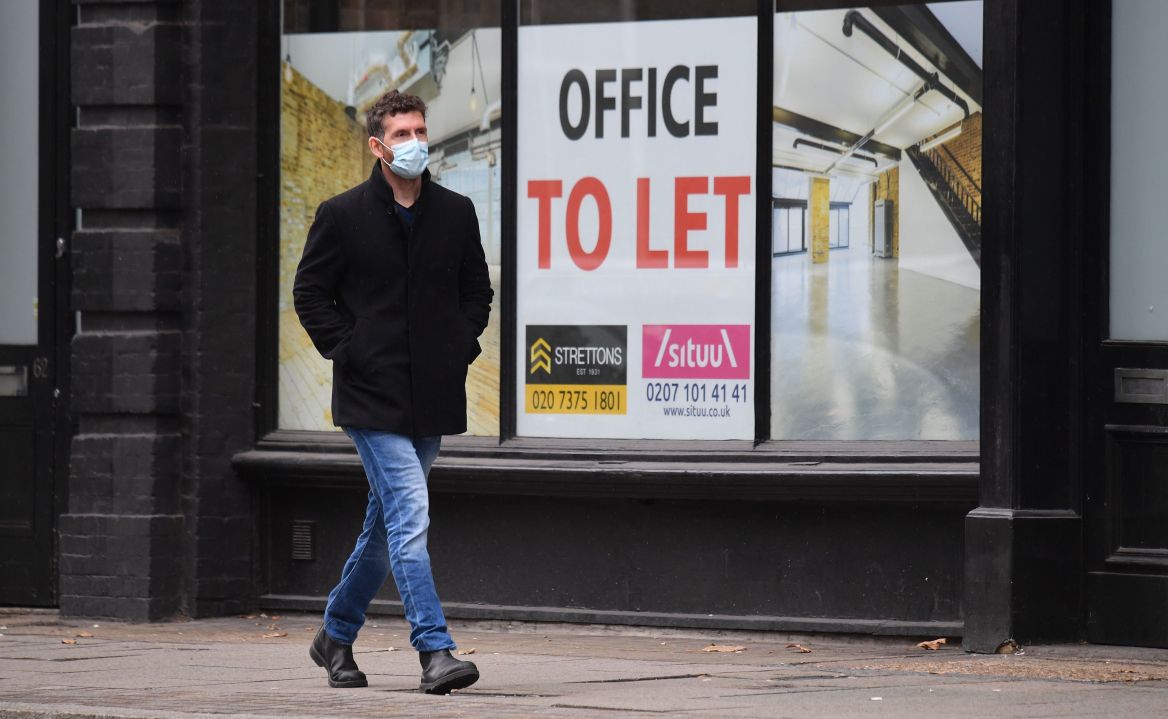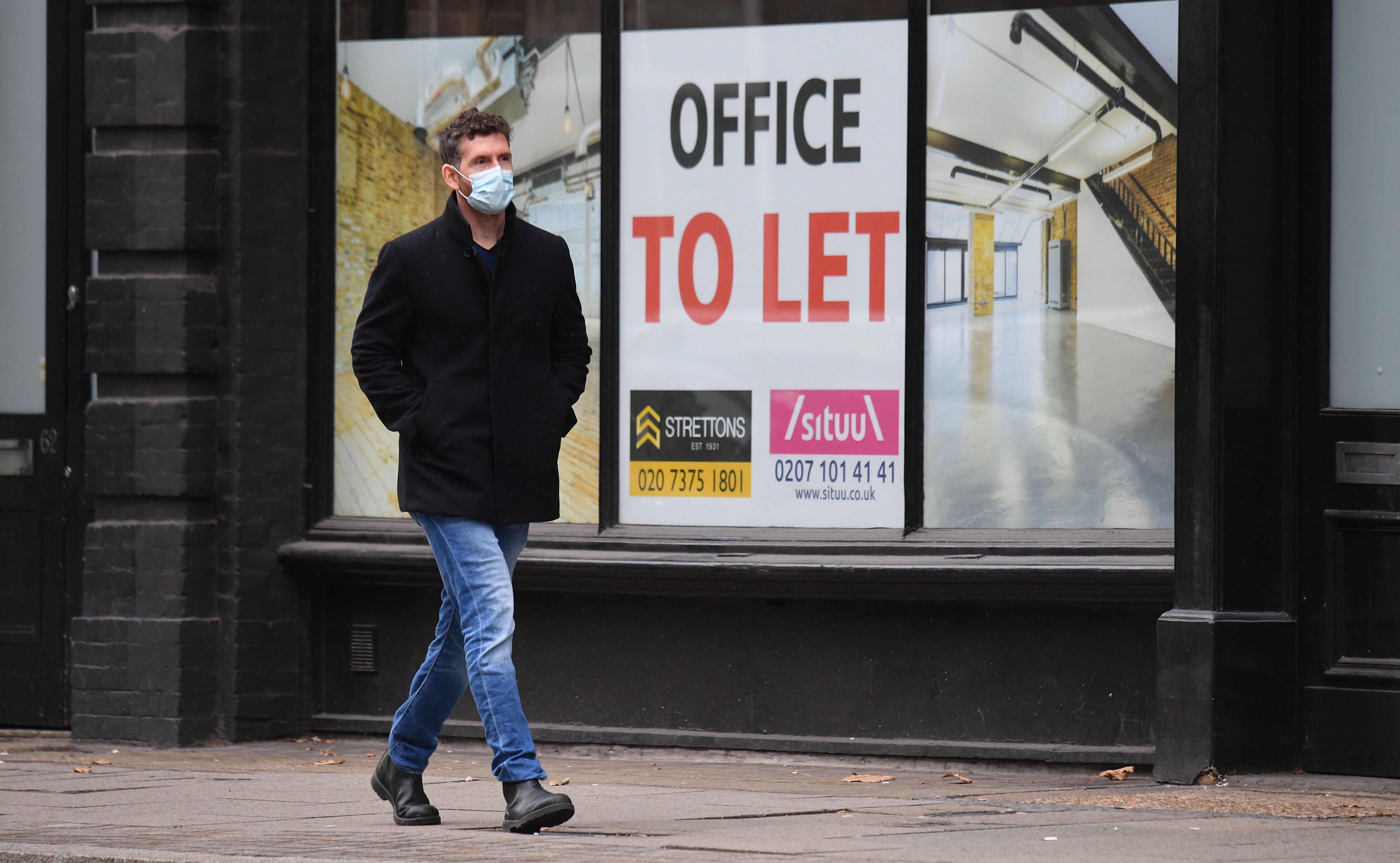Unemployment is creeping up. For months it remained stagnant, as the combination of the furlough scheme and people keeping out of the jobs market kept the rate deceptively low. But over the past few months, it has started to increase, with today’s labour market overview from the Office for National Statistics revealing a 4.5 per cent unemployment rate — the highest level in three years.

There’s a sliver of hope in today’s data, which shows job vacancies are up
Still, at first glance you’d expect the unemployment rate to be much worse. After the largest economic contraction in three hundred years, an increase from 3.9 per cent at the start of the year to 4.5 per cent now would give the impression we’ve avoided catastrophe.
But the rise is unlikely to stop here: with the economy recovering at a slower pace than many anticipated, and with significantly more restrictions coming this month (including a return to full closures for certain businesses around the country), the unemployment rate is bound to climb.
When the furlough scheme comes to an end in a few weeks’ time, there will be a painful realisation for many employees that their jobs no longer exist. The Jobs Support Package — set to replace furlough — takes us well into the new year. Some workers who would have discovered this month that their job was no longer viable may now discover that later on when that package draws to a close. In this sense, unemployment still looms large: the IFS Green Budget, published today, expects the rate to increase to around 8 to 8.5 per cent (2.8 million) in the first half of 2021.
As well, revisions to the ONS’s methodology for collecting unemployment data have revealed a weaker labour market over the summer than was initially published. As Capital Economics reports: ‘whereas previously employment was thought to have fallen by 94,000 since February, after adding in August’s fall it has now declined by 482,000’ — a significant revision. Meanwhile, redundancies between June and August increased by a record 114,000 on the quarter, totalling 227,000.
There’s a sliver of hope in today’s data, which shows job vacancies are up 144,000 this quarter — a record high. This takes vacancies from a low of 343,000 in April to June up to 488,000 in July to September. Still, the country is notably lacking work opportunities compared to before the pandemic, with vacancies down 40.5 per cent from less than a year ago.








Comments